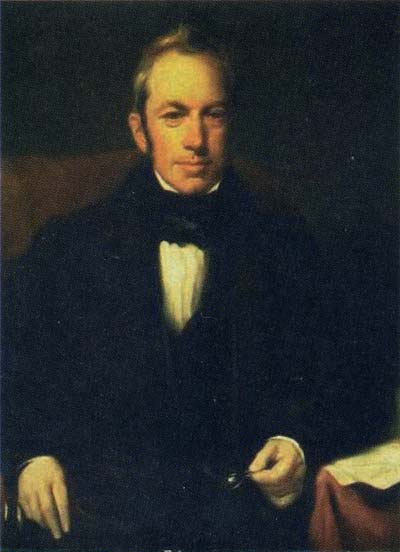Robert Brown: The Pioneer of Cell Biology and Plant Science
Robert Brown (1773-1858) was a distinguished Scottish botanist and naturalist whose meticulous observations and discoveries significantly advanced the fields of cell biology and plant science. Born on December 21, 1773, in Montrose, Scotland, Brown’s early education at Montrose Academy laid the foundation for his fascination with natural history. He later studied medicine at the University of Edinburgh, but his passion for botany eventually took precedence.
In 1798, Brown was appointed as a surgeon and naturalist on the voyage of the Investigator under Captain Matthew Flinders, tasked with exploring Australia. During this expedition, Brown collected and documented an extensive array of plant specimens, which greatly enriched European knowledge of Australian flora. His detailed observations led to the discovery of numerous new plant species, contributing to his growing reputation as a leading botanist.
One of Brown’s most notable contributions to science was his discovery of the cell nucleus in 1831. While examining orchid cells under a microscope, he observed a small, dense structure, which he termed the “nucleus.” This discovery was pivotal, as it provided the first clear description of this essential cellular component, laying the groundwork for modern cell theory. The nucleus is now recognized as the control center of the cell, housing genetic material and orchestrating cellular functions.
In addition to identifying the cell nucleus, Brown is renowned for his observation of Brownian motion in 1827. While studying pollen grains suspended in water, he noticed that the grains exhibited a continuous, jittery movement. Initially, he thought this might be due to the pollen’s vitality, but further experiments with inorganic particles showed the same motion. This phenomenon, known as Brownian motion, was later understood to be the result of the random movement of water molecules colliding with the particles. Brownian motion provided critical empirical evidence for the kinetic theory of gases and the existence of atoms and molecules, influencing the development of statistical mechanics and thermodynamics.
Brown’s contributions extended beyond his discoveries in cell biology and physics. His work in plant taxonomy led to significant advancements in the classification of plants. He introduced the concept of plant families, refining the Linnaean system and improving the organization of botanical knowledge. His contributions to the Prodromus Florae Novae Hollandiae et Insulae Van Diemen (1810) provided a comprehensive classification of Australian plants, which remains a foundational text in the study of Australian botany.
Throughout his career, Brown served as the librarian and keeper of the collections at the Linnean Society of London and later at the British Museum. His meticulous work in curating and organizing botanical collections greatly enhanced the scientific value of these institutions.
Robert Brown passed away on June 10, 1858, in London. His legacy endures in the numerous scientific concepts and discoveries that bear his name. The identification of the cell nucleus and the phenomenon of Brownian motion are cornerstones of modern biology and physics, respectively. Brown’s integrative approach to science and his relentless curiosity about the natural world continue to inspire scientists and naturalists around the globe.
#RobertBrown #Botany #CellBiology #BrownianMotion #PlantScience #NaturalHistory #ScientificDiscovery #CellNucleus #PlantTaxonomy #AustralianFlora
